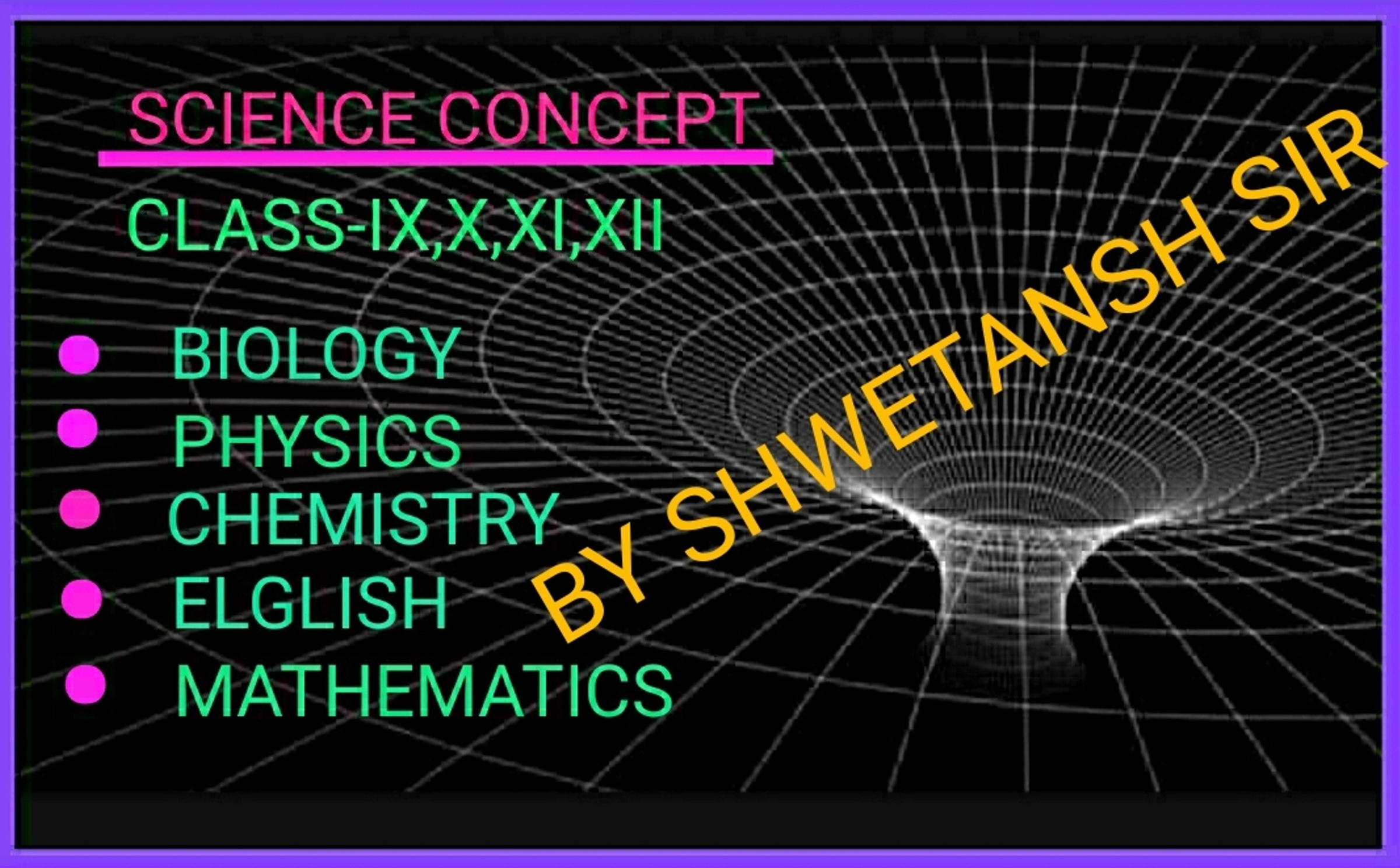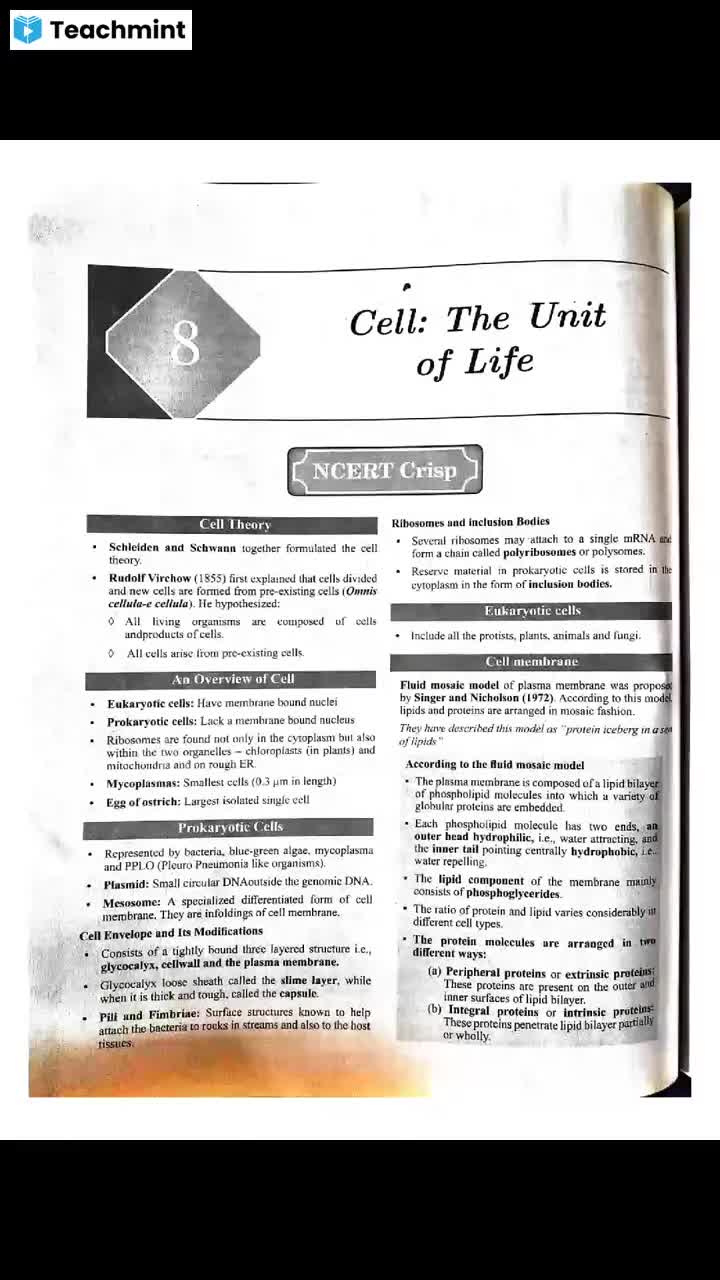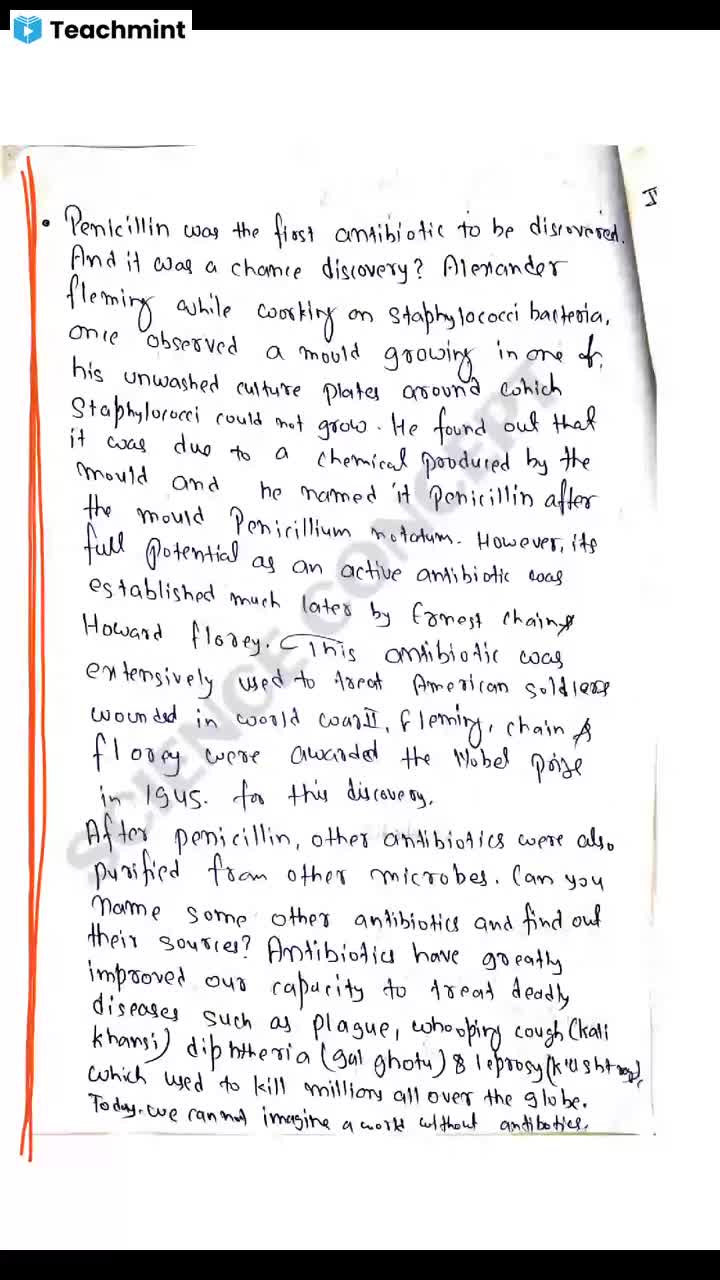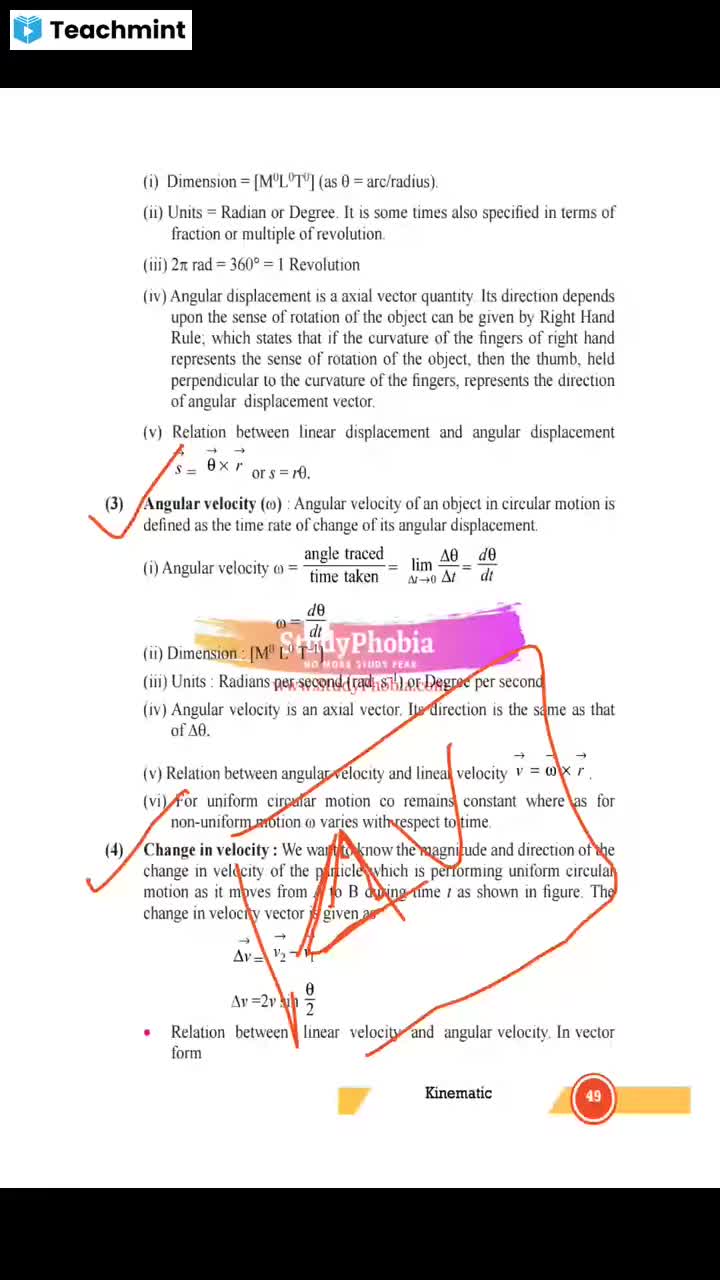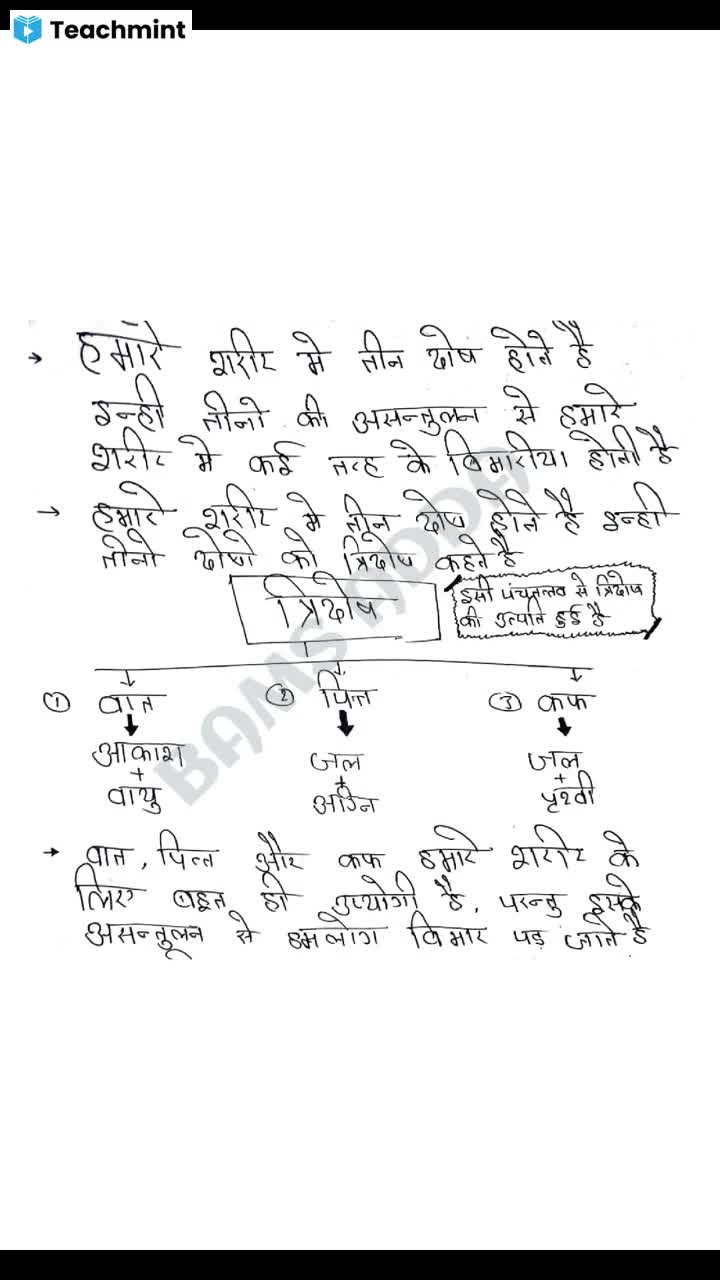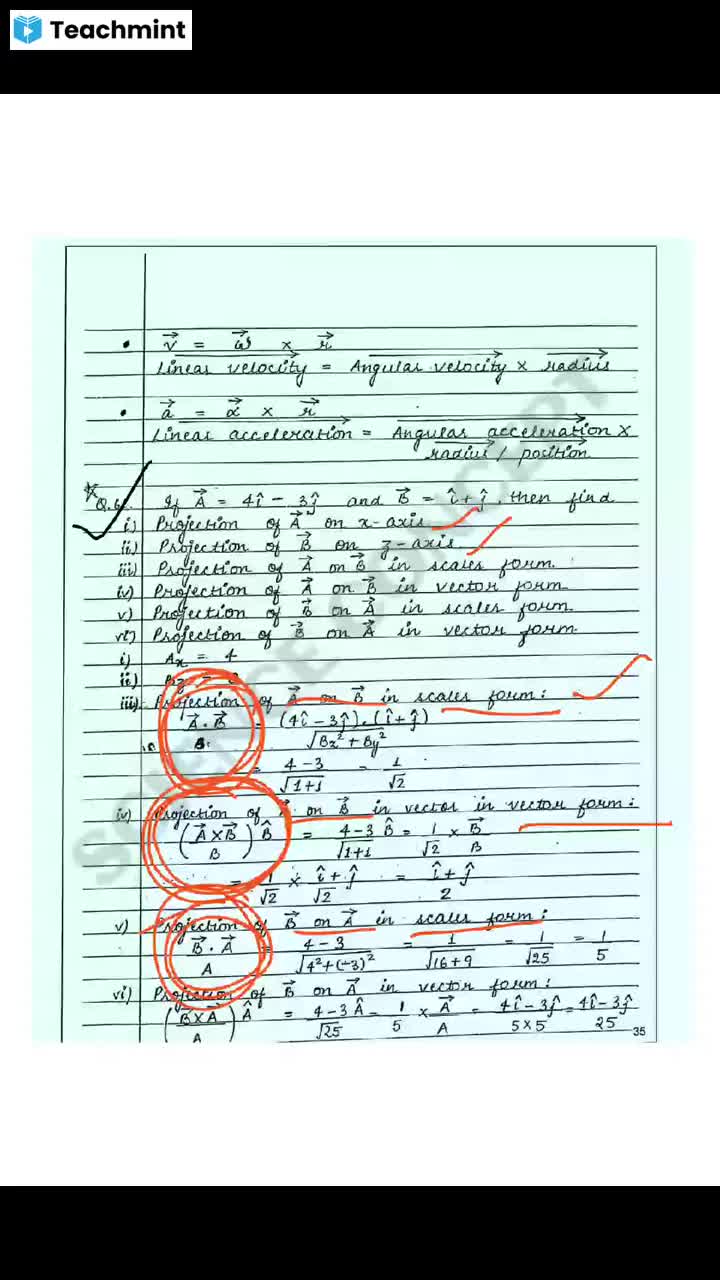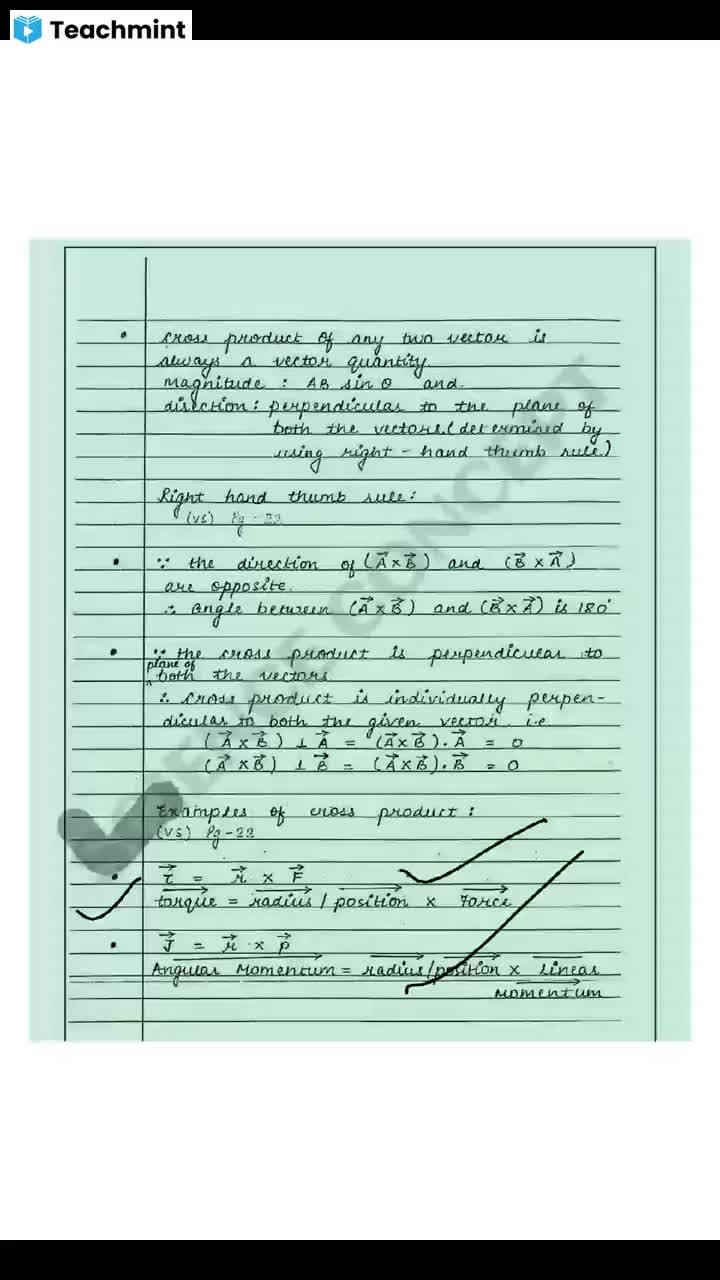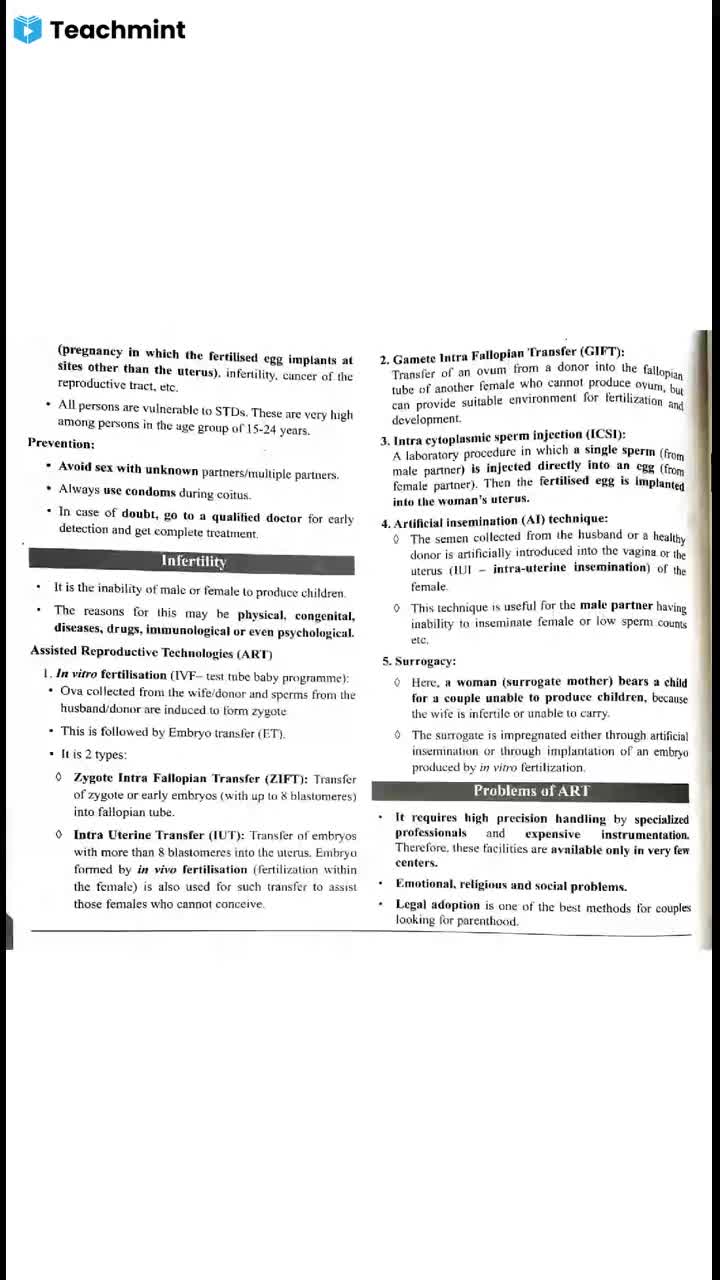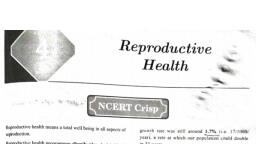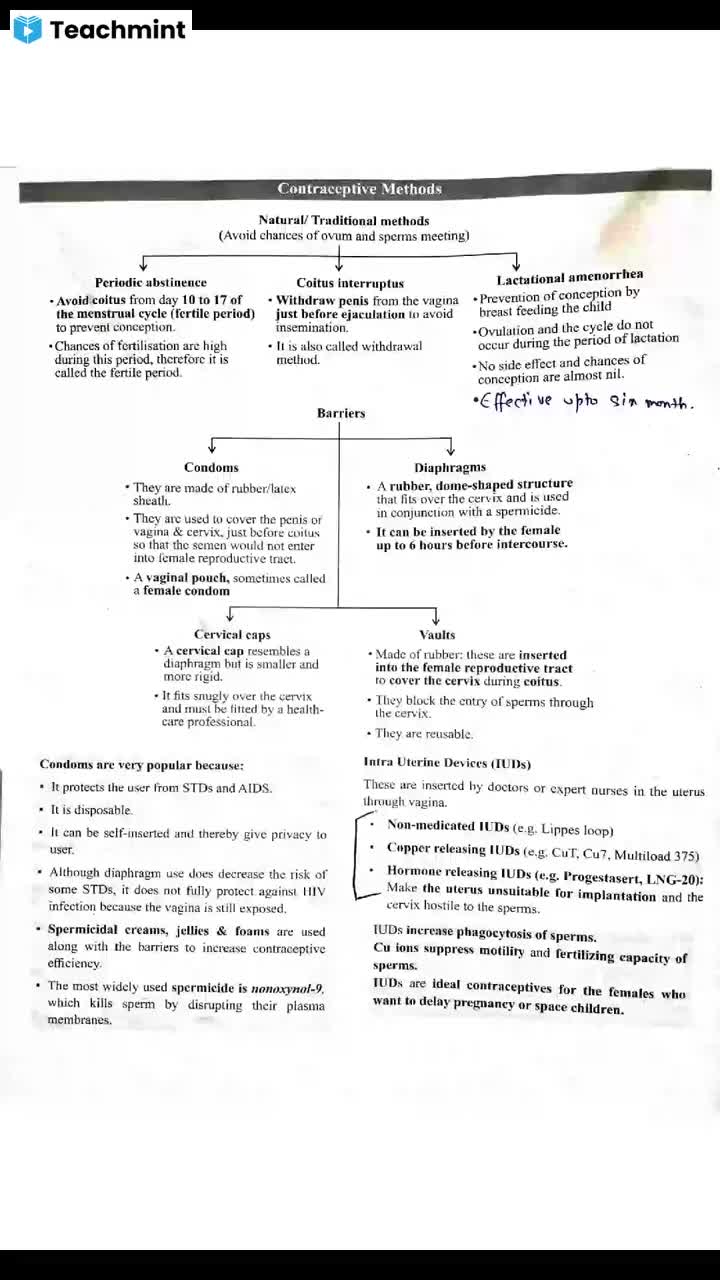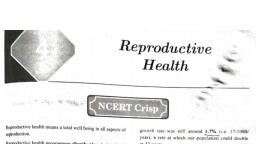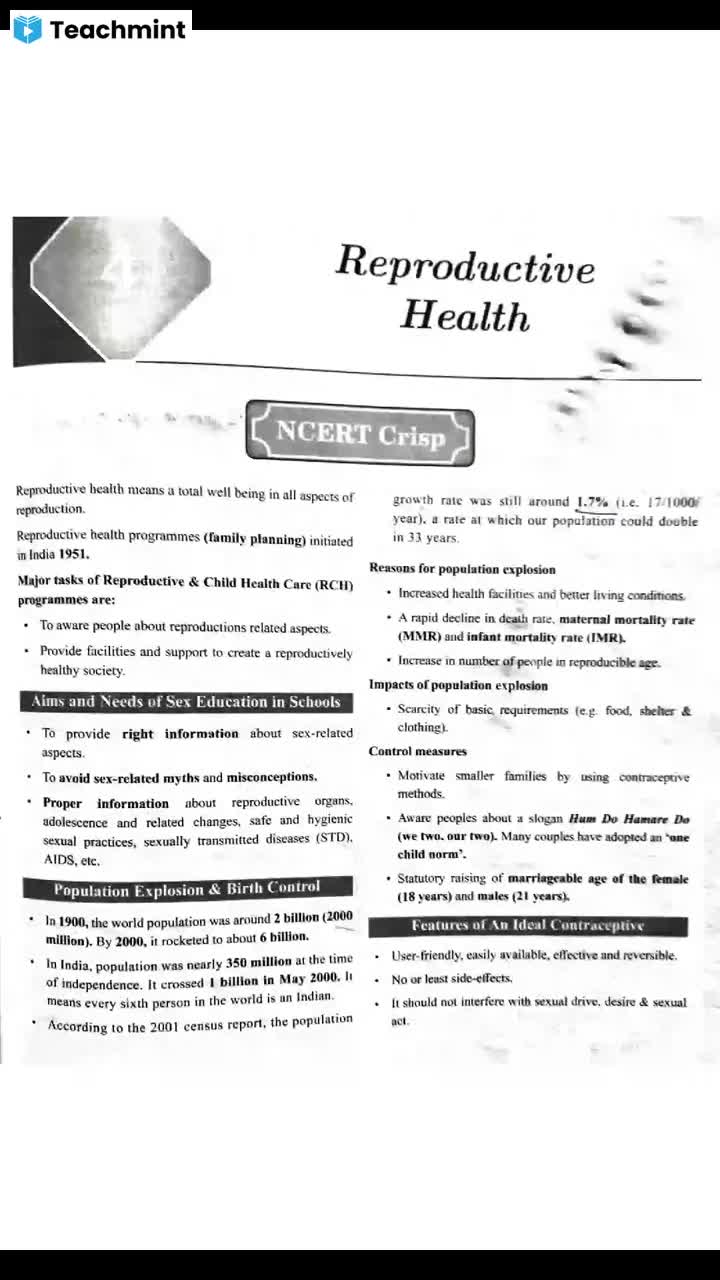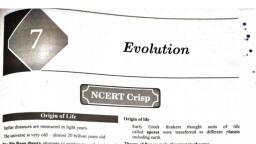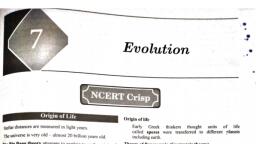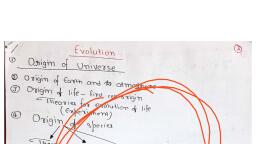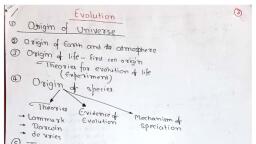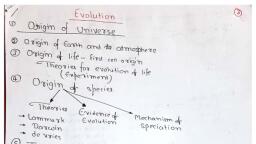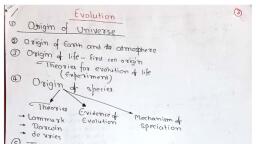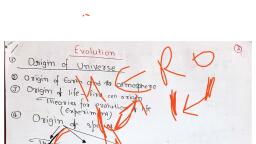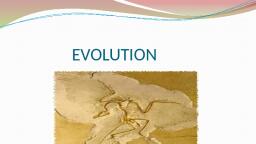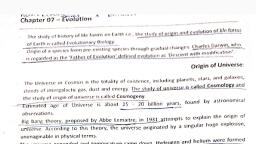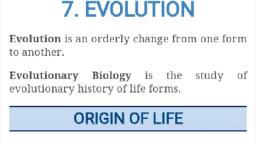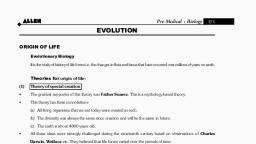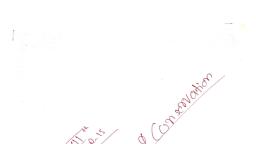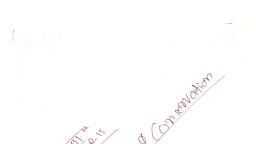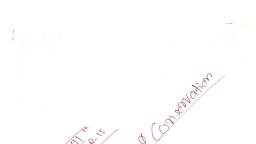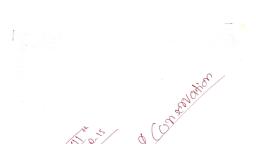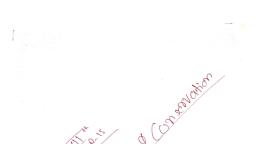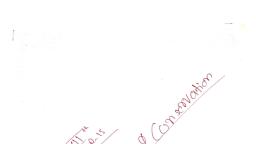Page 1 :
we °e, , Evolution, , , , , , NCERT Crisp, , ey, , Sullar distances are measured in light years., The universe is very old ~ almost 20 billion years old., , ‘The Big Bang theory attempts to explain to us the Origin of, universe., , ‘The Big Bang theory: It states that the universe was in a, very high density state and then expanded., , + Asingular huge explosion unimaginable in physical term, The universe expanded and hence the temperature came, down. Hydrogen and helium formed sometime later, , The gases condensed under gravitation and formed the, galaxies of the present day universe., , In the solar system of the Milky Way galaxy, earth was, supposed to have been formed about 4.5 billion years, back., , Conditions of early earth, * Earth formed 4.5 billion years back., * There was no atmosphere on early earth., , * Water vapor, methane, carbon dioxide and ammonia, released from molten mass covered the surface, , * The UV rays from the sun broke up water into hydrogen, and oxygen and lighter H, escaped., , Oxygen combined with ammonia and methane to form, Water, CO, and others., , The ozone layer was formed., , AS it cooled, the water vapor fell as rain, to fill all the, depressions and form oceans., , scmmation of, Life appeared 500 million years after the f, earth,, , Origin of life, , Early Greek thinkers thought units of life, called spores were transferred to different planets, including earth., , Theory of Panspermia (Cosmozoic theory), This theory was proposed by Richter(1865), , According to this theory life on earth came from a distant, planet in the form of spores or microorganisms,, , Theory of Spontaneous Generation, , According to this theory, life came out of decaying and rotting, matter like straw, mud, etc., , Theory of spontaneous generation was proposed by Van, Helmont., , Theory of Biogenesis: According to this theory, life originated, from pre-existing life., , This theory was proved by three scientists: Redi, Spallanzani, and Pasteur., , Louis Pasteur Experiment, , Careful experimentation demonstrated that life comes only, from pre-existing life., , He showed that in pre-sterilized flasks, life did not come from, killed yeast while in another flask open to air, new living, organism arose from ‘killed yeast’., , This disproved the theory of spontaneous generation., , emus esa, , Oparin — Haldane theory of origin of life ‘, Oparin of Russia and Haldane of England proposed that the, first form of life could have come from pre- existing nonliving organic molecule (e.g. RNA, protein etc.)., Formation of life was preceded by chemical evolution,, ic. formation of diverse organic molecule from inorganic, constituents.
Page 2 :
Urey and Miller experiment, ° . “The conditions on earth were ~, "© High temperature., 2. . © Volcanic storms., * Reducing atmosphere containing CH,,, >" hydrogen, etc., , NH,, water and., , In 1953, S.L. Miller, an American Scientist, created similar, conditions in a laboratory scale,, , He created electric discharge in a closed flask to raise, temperature upto 800°C as it was in primitive earth., , Used CH,, H,, NH, and water vapor inside the flask., , Acceptance of chemical evolution theory: (evidences), , + Miller observed the synthesis of amino acids from, simple inorganic chemicals in simulated condition in the, laboratory., , + In similar experiments others observed formation of, sugars, nitrogen bases, pigment and fats., , + Analysis of meteorite content also revealed similar, compounds indicating that similar processes are occurring, elsewhere in space,, , , , , , , , , The first non-cellular forms of life could have originated, 3 billion years back., , + They would have been giant molecules (RNA, proteins,, polysaccharides, etc)., , + These capsules reproduced their molecules perhaps,, named as coacervates,, , + The first cellular forms of life were probably unicellular., + All life forms were in water environment only., , This theory of biogenesis from non-living molecules was, accepted by majority., , Evolution of Life Forms — A Theory, , , , Conventional religious literature tells us about the theory, of special creation., , , , The theory of special creation has three connotations:, All the living organisms (speci, ecies s) that we —, were created as such. P types) we see tod, , The diversit, y was always the same si i i, beats e since creation an, be same in future, ow, , * Earth is about 4000 years old,, , Challenge to special creation theory by Darwin, , + Char, nna hana concluded that existing life forms share, arying degrees not only among themselves, , Objective NCERT Gear Up Biology, , , , , , , , , , , but also with life forms that existed millions Of Yearg, , - Many such life forms do not exist any more, Thin!, been extinctions of different life forms in the jen hag, by just as new forms of life arose at different Perign, , history of earth. ds of, + There has been gradual evolution of life forms., , ae, ‘Y, , Any population has built in variation in characteristics, , ~ <—, , Those characteristics which enable some to survive b,, in natural conditions (climate, food, physical factors =, would outbreed others that are less-endowed to meine, under such natural condition. re, , - Survival of the fittest: The fitness, according to Darwin, refers ultimately and only to reproductive fitness; leaves, more progeny than others., , . These, therefore, will survive more and hence are selecteg, by nature. He called it as natural selection., , + Alfred Wallace, a naturalist who worked in Malay, Archipelago had also come to similar conclusions around, , the same time., + The geological history of earth closely correlates with the |, , biological history of earth., , , , What Are The Evidences For Evolution?, , , , Evolution is a stochastic process based on chance events in, nature and chance mutation in the organisms., , A. Paleontological evidence:, The study showed that life-forms aried—o 2, certain_hi e to certain geological, jimespans. Hence, new lives have arisen at different times, , Cte of earth. 1, . ils\Remains hard parts of life-forms found in “|, , rocks. A study of fossils in different adi mmentaryayven, indicates the geological period in which they existed., , + Rocks: Rocks form sediments and a cross-section of, earth's crust indicates the arrangeme f sediments 0, B. Comparative anatomy and morphological evidence:, , similarities, , + Comparative anatomy and morphology shows, d those that, , and differences among organisms of today an, existed years-age, , , , Homologous and analogous organs, , Se ve ae, ‘a, , , , , , , , different functions. It | origin, indicates common ancestry.
Page 3 :
resulted in selection of resistant varieties in a much lesser, time scale., , , , , , (Fg. Thoms of Bougainvillea E.g., | sad tendrils of Cucurbita; | birds:, , ™, , Human hand, _ Whale’s ., fippers, Bats wing, and penguins and dolphi, , This is also trae for microbes against which we employ, , , , F ' me eee , : \, | s foot sweet potato & tn antibiotics or drugs against eukaryotic organisms/cell., trachea of insects and Ju Hence, resistance Organisms/cells are appearing in a time, touts ngs , ppearing, ebrates Scale of months or years and not in centuries., , , , ne, Convergent and divergent evolution, , [Convergent aver = ~ Divergent evolution, if is the process by which | It j ; i, \" jated ies becoi ste ary ieee, unrelates speci me | related species become less, more similar in order to | similar in order to survive, survive and adapt in similar| and adapt in different, , , , UPL RORCn Tt hwom Ceti ee, , , , , , , , , , , Y species in a given, geographical area starting from a point_and literally, afating to other areas_of¢, , alled adaptive radiation., , , , , , , , , , , , , , , environmental condition environmental condition ~ di : hic \ :, , a — occurred in an isolated geographical area (representing, The origin of homolo Ori : : :, , a ologous | Origin of analogous organs different habitats), one can call this convergent evolution., organs is due to divergent|is due to convergent, evolution. evolution. Examples:, , , , , , , , C. Embryological support for evolution + Daratas Bache, + Proposed by Ernst Haeckel based upon observation of, , certain features during embryonic stage common to, all vertebrates that are absent in adult. * He realized that there were many varieties of finches in, the same island., , * In Galapagos Islands, Darwin observed small black, birds later called Darwin's Finches., , * The embryos of all vertebrates including human develop, arow of vestigial gill slits just behind the head but it is a, , functional organ only in fish and not found in any other + From the original seed-eating features, many other, adult vertebrates. forms with altered beaks arose, enabling them to become, , insectivorous and vegetarian finches., , + All the varieties, evolved on the island itself., , study performed by Karl, hryos never pass © Australian marsupial, , + A number of marsupials each different from the other, , D. Evolution by nat evolved at 7 ancestral stock. But all within the, Based on observatian.of moth population in England made Australian island continent., , , , , , + This is dispro, Ernst von Ba, , © Placental mammals, , in 1850,, idustrial melanism (in England) + In Australia, placental mammals also exhibit adaptive, — radiation in evolving into varieties of such placental, , Before industriali ‘hs (Biston betularia) mammals each of which appears to be ‘similar’ to a, d moths (Bision dett'©, , , , There were more white winge : corresponding marsupial (e.g., placental wolf and, _on tees thaa dar ing Tasmanian wolf-marsupial)., , carbonaria). hace, DT white Totonred-tichen.cauere :, , Reason: There was wht ; te, , In that background, the white Meare are es Darwinian theory of evolution i, , ~ colo mae + Branching descent and natural selection are the two S, , After industrialization (1920) az key concepts of Darwinian Theory of Evolution. =, , More dark winged moths and less white winged MOIS: |The rate of appearance of new forms is linked to the life Si, became dark due to industrial cycle or the life span., , 7 ks : iti ;, Reason: The tree trun f lichens. Under this condition + Some organisms are better adapted to survive in an, , o, smoke and soot. No gee because the predators otherwise hostile environment., , ] a, the white winged moth did not sur vive _rvived because, Seucidina den caste Dark winged moth survive + Adaptive ability is inherited. It has genetic basis, for, , of suitable dark background. a getting selected and to evolve., E. Evolution by anthropogenic (by human) ac - Fitness is the end result of the ability to adapt and get, , ic action. lected by nature., * Examples of evolution by anthropos’? = :, , _ etc., has only, * Wis wee of herbicides, pesticides,
Page 4 :
j, , Lamarck theory of evolution: (Theory of inheritance of, acquired characters), , + It states that evolution of life forms occurred by use and, disuse of organs., , Evolution by use of organs, * Long neck of giraffe is due to continuous elongation to, forage leaves on tall trees. This acquired character was, inherited to succeeding generations., Evolution by disuse of organs, * Disappearance of limbs in snakes., = This theory was eliminated out because it is proved that, the characters are inherited only through genes., , Mechanism of Evolution, , Hugo de Vries proposed Mutation Theory of evolution., He conducted some experiments on Ocnothera lamarckiana, (evening primrose) and believed that evolution takes place, through mutation and not by minor variation., , Differences between Darwinian variation & devries, mutation, , , , , , , , , , , , , , Darwinian Evolution DeVries Mutation |, Minor variation Large variation, Slow and directional Random, sudden and direction, less, Gradual evolution Speciation by saltation {single, step, large mutation), , , , , , , , In a given population one can find out Hardy-Weinberg, principle stated the frequency of occurrence of alleles of a, gene on a locus using algebraic equations., , ‘The principle states that allele frequencies in a population are, , Operation of natural selection on different traits, , , , , , , , , , , , , , , and is constant from generation to generation,, , stable, enes and their alleles in a Population,, , ene | (total gem, en a Smiths This is called genetic eq, , Sum total of all the allelic frequencies is 1., , (p+ay= pt 2pat a= ©, , When frequency measured, differs from expected values,, ome (direction) indicates the extent of evola, change. Y, Disturbance in genctic equilibrium, or Hardy-Wein, principle Le., change of frequency of alleles in a populatiog, would then be interpreted as resulting In evolution., , Five factors are known (0 affect Hardy-Weinberg equilip., , rium:, , « Gene migration or gene flow., , + Genetic drift., , + Mutation., , + Genetic recombination., , + Natural selection., Gene migration, When migrations of 8 section of population to another place, occur, gene frequencies change in the original as well as in, the new population, New genes falleles are added to the new, population and these are lost from the old population,, , en ae UU, , Gene flow, Gene migration occurs many time is termed as gene flow., , Genetic drift, , Change in gene frequency takes place by chance. Genetic drift, is seen only in small population., , Genetic drift also called Sewall wright effect or scattering of, variablity., , Founder effect, , Sometimes the change in allelic frequency is so different in, the new sample of population that they became @ i, species. The original drifted population becomes, species and the effect is called founder effect., , , , , , PE: ‘Directional selection, , , , Disruptive selection, , , , , , In this,, mean character value, , uals acquire, , More individuals acquire value other, than the mean character value., , More individuals acquire peripheral, character value at both ends of the, distribution curve, , , , , , | Peak gets higher and narrower, , Peak shifts in one direction, , Two peaks form, , , , , , E.g., plant height, human birth weight, , E.g., DDT resistance in mosquitoes, , , , Sickle cell anaemia, , , , Medium sized individuals, are favoured, , Number of individesls, , , , , , ‘Numaber of individuals, , , , (A=, , ‘Two peaks form, , Wal
Page 5 :
Characteristics, , More ape-like, artns and legs of same length, large brain and ate, | soft fruits and leaves., , , , r, More man-like, walked erect and teeth like modern man, , |, T R ., | Man-like primates, tall, walked straight, ate fruits having brain, | capacity 400-600 ce, Fossils found in Tanzania and Ethoipia, , | First humans-like being, brain capacity 650-800 ce, herbivores, and fossils found in East Africa, , , , _——_—, , : |, . | Homo erectus (Save | 1.5 mya | Brain capacity 900 ce, food was meat. Fossils found in Java,, |, , , , , , "py, , 4, , henge man), , “mia Homo sapiens neander- | 1,00,000-40,000 years ago ) Brain size 1400 ce, used hides to protect body and body buried, , , , , , , , , , , , , , , , , , , , , a (Primitive man) | after death, Fossils found in East and Central Asia, 1, hawt sapiens sapiens | 75,000-10,000 years ago | Started agriculture, human settlement starved, prehistoric cave, | (Modern man) art developed., ‘ a, am Oriented Information |Sphemodon T Connecting link between Reptile and, | Amphibians, Ceacervates: Microscopic spontaneously formed spherical }_————— = —————, aggregates of lipid molecules that are held together by | Ornithorhynchus | Connecting link between Mammals, ekctrostatic forces and that may have been precursors of| cells. := ond Reptiles _ ee, Missing links: Extinct Organisms which had characters of Protopteras is connecting link between Bony fish, F ani hae’ : Missing | (Lung fish) and Amphibians, two different groups of animals. ¢.8 Archaeopteryx: Missing jeans i id An : =, link between reptiles and birds Seymouria Connecting link between Amphibians, | and Reptiles, , aving character oftwo | —, Atavism /Reversion: Reappearance of ancestral traits!, structures., , Connecting links: Living Orgamsms hi, different groups of animals., , Examples, , , , , , > links —_ Examples: Ability to move pinnae, human baby with a small, Peripat :, = ‘Connecting link between ‘Annelids and | tail ete, ee —_———. lids 8 Biogenetic law: given hy Ernst Haeckel states ” 7, Ne Connecting link between Annelids and | repeats Phylog cay”. ‘Ontogen:, , , , , , f ‘eopitin, , Molluses___————— ae ~|, | Belanogtossus | Connecting link bpetween Chordates, , —— and Non chordates ~~, , cs, a, , , , Moders synthetic theory of evolution: Combination of, , Darwins Natural selection theory & De Vries mutation theory., , Ee
